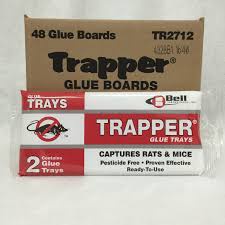06 Apr Deer Mouse
Deer Mouse
How to Identify Deer Mouse
Latin Name
Peromyscus Maniculatus
Appearance

Other identifications are field mouse and white footed mouse, these mice feed on seeds, grain and fruit. They are most bothersome to farmers as they are well known for infiltrating grain silos and food storage bins. These particular rodents are infamously known for carrying the hantavirus which has been responsible for numerous deaths within the U.S. As prolific breeders they are cause for serious risk for humans and their pets.
Scientific Name - Peromyscus Maniculatus
Color - Reddish-brown to golden brown, white feet & chest, bi-colored tail
Weight - ½ to 1 ounce
Length - 4 inches
Tail Length - 2 ½ inches
Body - Small head & body; larger than a House Mouse
Ears - Large, sparsely furred earsLarge, sparsely furred ears
Eyes - Large, protruding black eyes
Life Span - 2 years
Droppings - ¼ inch long; pointed ends; dark color
The daily diet of the deer mouse utilizes moisture in the food they consume, which is usually 1/10 of an ounce per day. Those foods consist of insects, nuts, berries and seeds. Deer mice live throughout the Eastern ⅔ U.S rural and semi rural (do not appear in urban environments). They nest beneath decks, inside garages, barns, cars, burrows around tree roots and less than 30 ft from their food source. Deer mice are nocturnal and the bulk of their feeding occurs 30 minutes after sunset and before sunrise. During their reproduction they produce 4 pups per litter and have 2-4 litters per year. After spawning they achieve sexual maturity after one month, and the gestation period (fetus development) is 20 days. Lastly their breeding period whilst indoors is all-year round, and outdoors is Spring & Fall.


Sorry, the comment form is closed at this time.